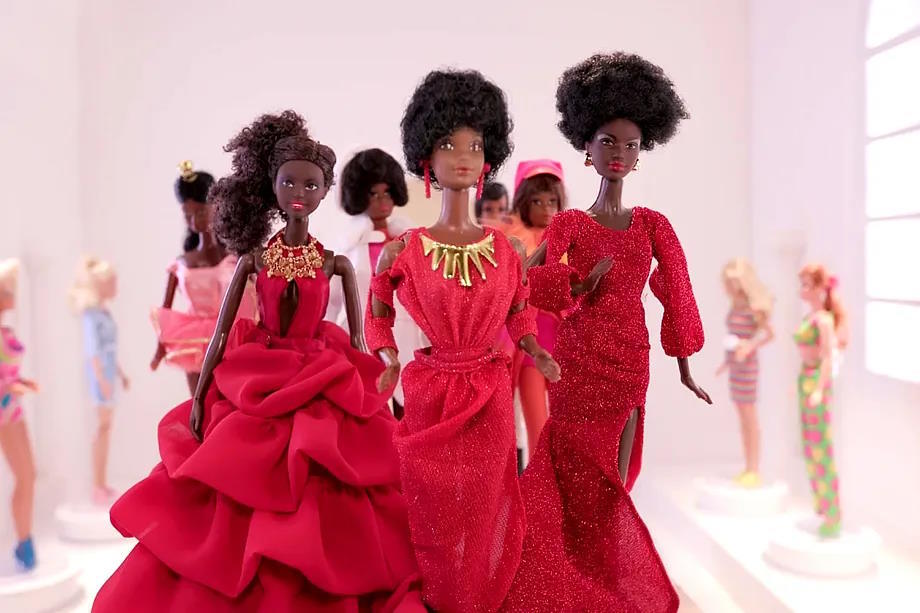If there's one thing we learned from Greta Gerwig's film last year, it's that Barbie is much more than a plastic doll dressed to the nines, a supposedly unattainable beauty standard, or simply a blonde blue-eyed woman. Barbie can be white, black, Asian, a lawyer, a scientist, or just an ordinary girl. But it wasn't always like that.
For decades, millions of women did not see themselves reflected or represented by the Mattel doll, which, far from being a symbol of empowerment, became a reason for visibility and equality. It took over 30 years for young African-American girls to stop wondering, "Will I be like this when I grow up?". The Black Barbie arrived in the eighties, and now filmmaker Lagueria Davis, not exactly a fan of this doll, delves into her own family history to tell, in a Netflix documentary, how it was created.
The story begins with the memories of Beulah Mae Mitchell, the director's aunt and one of the first black employees of Mattel, to whom owner Ruth Handler once asked how to improve their toys. She replied with a deep desire, and jokingly, "What if we create a Black Barbie?". And that's how Christie and Julia came into the world in the late sixties, not yet known as Barbie, but as "friends of".
The archival footage that follows documents the evolution in hair texture, facial features, and clothing styles of the dolls, as the story's protagonists claim they "were not representative of a black woman". It was at that moment that Kitty Black Perkins arrived at Mattel's doors. It was 1976, and the toy company had never hired a black designer before.
"I did a lot of research. We did several market surveys with young girls to see what they wanted exactly. We also did it with their mothers. We had a great team working on the Black Barbie," explains the American in the documentary.
The result of that work would see the light in 1980, three decades after the doll's original launch, and it would do so with a touch of Diana Ross. "I wanted it to reflect the look of a black woman," Perkins justifies. "That's why I opted for vibrant colors, flashy jewelry, a short hairstyle, a tight skirt that showed off the legs, thicker lips, and a flatter nose."
This new model became an inspiration for Mattel designer Stacey McBride-Irby, who, like the other protagonists of the documentary - Shonda Rhimes and Misty Copeland - does not remember "having had a black doll as a child".
For the creator of Grey's Anatomy, the launch of the Black Barbie marked a turning point. "If you've never seen a doll that looks like you and suddenly you see one, it can be a quite shocking moment," she reflects. And she adds: "For me, they weren't just dolls. They were examples of what I wanted to be: doctors, lawyers, travelers, doing things."
Since the launch of the first Black Barbie, Mattel has introduced dolls representing influential African-American women in history, such as Rosa Parks and Ella Fitzgerald, in the Barbie Inspiring Women series. Fencer Ibtihaj Muhammad also has her own doll, wearing a hijab identical to hers, an achievement she deeply values when reflecting on her experience with Barbie during her childhood. "I remember not feeling beautiful because of my skin and hair. I felt like I was failing at something," she admits, tears in her eyes. "By calling her Barbie and not Black Barbie now, they imply that black is also beautiful."
